If you have a baby, you know those adorable little rolls and chubby cheeks come with their own set of parenting worries. Spot a red patch, and your brain immediately goes to: rash—fungal infection—how do I fix this without making it worse? One of the most common antifungal creams, clotrimazole, pops up as a solution online. But using anything on baby skin feels like a science experiment. So what do the experts say about clotrimazole and babies? And how do you safely use it on your child?
Why Do Parents Turn to Clotrimazole?
Every parent has been there—changing a nappy and finding a raw, scaly rash. Diaper areas are warm, dark, and often moist, basically Disneyland for yeast, especially Candida. Pediatricians see fungal diaper rashes all the time, and clotrimazole is a go-to cream they prescribe. It's designed to kill the fungi causing those angry red patches. But parents have questions. Is it only for worst-case scenarios? And why might your pediatrician or pharmacist pick clotrimazole instead of other antifungals, like nystatin or miconazole?
Clotrimazole is prized for being broad-spectrum. It works for both Candida and dermatophyte infections (think athlete's foot, ringworm—but yes, babies get these too). Unlike some other creams, it's widely available without prescription in most countries. It comes in low concentrations (usually 1%), which is considered suitable for even quite sensitive skin.
Babies are not tiny adults, though. Their skin is thinner, absorbs more, and is more likely to react. Even though clotrimazole safety babies studies show it's generally well tolerated in infants, there are differences to know. Most rashes in babies are just irritant diaper dermatitis, not fungal—but when a secondary fungal infection sets up shop, that’s when your doctor might suggest antifungal cream.
Worried parents sometimes grab the first tube and use the cream more often than needed. Too much, and you risk irritation or even a reaction to the so-called inactive ingredients in the cream. It's not about the clotrimazole alone; it's also about what carries it—the cream base, the preservatives, the stabilizers. If you’ve ever had sticky fingers from applying a cream, you know there’s more in the tube than the medicine itself.
Understanding Absorption: Baby Skin vs. Adult Skin
Now, here’s something many new parents don’t realize—baby skin can absorb topical medicines faster and in higher amounts than adult skin. That means even small amounts of clotrimazole cream could have a bigger effect, both for good (treating the fungus) and bad (causing irritation or, rarely, an allergic response).
Here’s a wild stat from the British Association of Dermatologists: an infant’s skin can be two to three times more permeable than an adult’s. There’s a reason pediatricians recommend sparing use and only on affected areas. Another kicker: broken or inflamed skin (like there is during a rash) absorbs more too. A study published in "Pediatric Dermatology" in 2021 showed that when clotrimazole 1% cream was used as directed—twice daily, thinly, only on affected areas—systemic absorption (meaning getting into the bloodstream) stayed extremely low. That’s reassuring. But it also means you shouldn’t slather it on generously, hoping for quicker results.
One big tip: Let the skin dry out briefly after cleaning and before applying the cream. Fungi thrive in moisture, so keeping things dry is half the battle. A thin layer is all you need. It’s tempting to glob it on, but in this case, less is more.
Doctors also point out that parents need to watch out for irritants. The cream base may contain things like alcohol, parabens, or fragrances, which might irritate very sensitive infants. If the rash isn't clearing, or you notice more redness or blisters after starting treatment, it could be a reaction to these extras, not the clotrimazole itself.
For a big-picture overview on is clotrimazole safe for babies, this parent-friendly guide breaks it down step-by-step, including anecdotal notes from pediatricians about what really works in the real (messy, unpredictable) world of infant care.
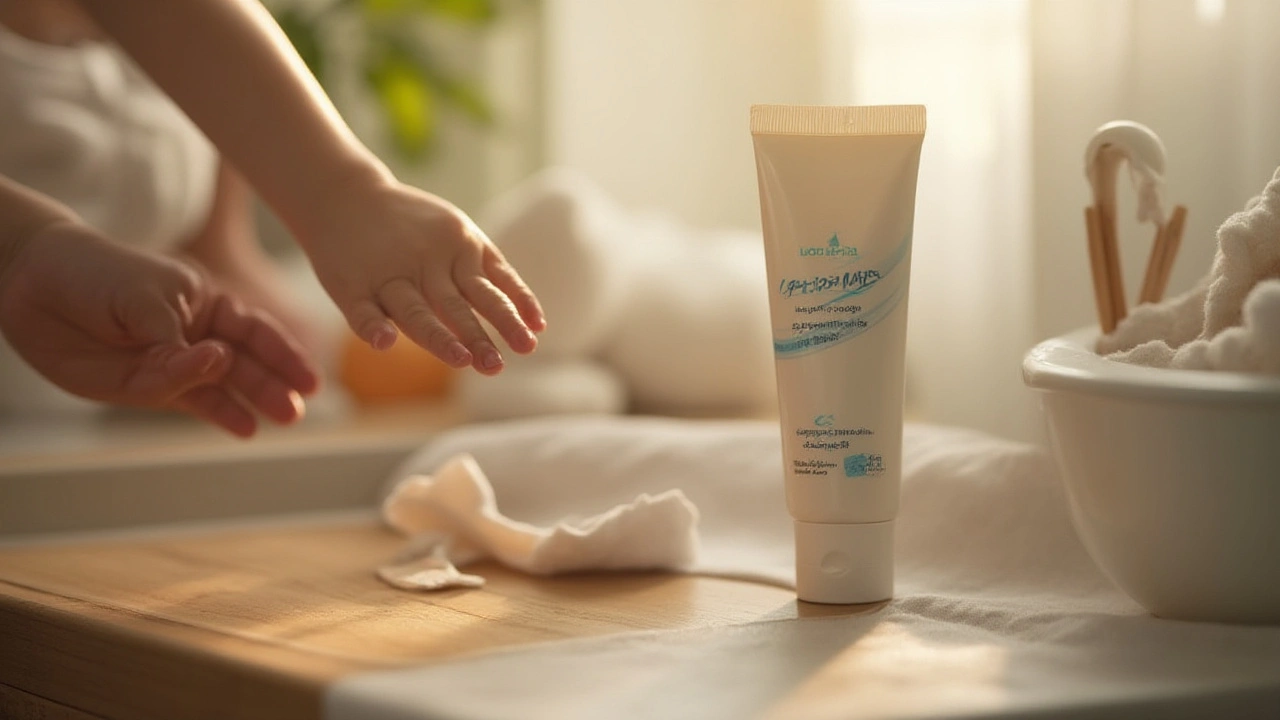
How Pediatricians Dose and Apply Clotrimazole for Infants
So, what’s the actual, pediatrician-recommended approach? When your doctor recommends clotrimazole, it’s almost always the 1% cream. Higher strengths aren’t routinely used in infants. Typical advice: apply a thin layer twice a day, usually for 7-10 days unless the area is looking worse.
Never use clotrimazole inside the mouth, eyes, or deep creases unless a doctor has instructed you; it’s strictly for external use. And because babies love to grab their feet and explore with their hands, make sure to keep their hands (and yours) clean after each application.
Pediatricians are pretty adamant about sticking to a maximum recommended duration. Using these creams too long, even if your baby’s rash looks "almost better", can actually irritate the skin further. Most fungal diaper rashes clear up in less than two weeks with proper care. If not, it’s back to your doctor—some babies end up with eczema or a bacterial infection that needs a totally different treatment.
Here’s what else gets flagged by pediatricians:
- Don’t mix clotrimazole cream with other home remedies or ointments without checking first. Mixing can reduce the effectiveness—it’s not just about being "natural."
- Storing the cream in cool, dry spots away from your changing table’s direct sunlight is key. Some active ingredients break down with heat or light.
- For cloth diaper families—switch to disposables until the fungus clears up if you notice it keeps coming back. Fungi hang around in fabric, even after a hot wash.
In rare cases where the rash keeps coming back, your doctor might recommend a combination cream (clotrimazole plus a mild hydrocortisone), but they’ll always make that call—not you. The hydrocortisone part isn't something to DIY.
Potential Irritants in Clotrimazole Cream: What You Need to Watch For
This is the bit too many product guides gloss over—what else is in that tube? Besides clotrimazole, the cream can have stabilizers, preservatives, and sometimes even coloring agents.
Here's a look at what might be in that generic tube you picked up at the chemist, along with the possible reactions each one can cause (table below):
| Ingredient | Purpose | Possible Reaction in Babies |
|---|---|---|
| Parabens | Preservative | Contact dermatitis in rare cases |
| Cetostearyl alcohol | Cream texture | Mild skin irritation |
| Propylene glycol | Humectant | May cause redness or rash |
| Fragrance | Smell | Allergic reactions or more irritation |
| Liquid paraffin | Moisture barrier | Very rare, but possible irritation |
If your baby has hypersensitive skin (eczema-prone, or known contact allergies), mention it to your GP; they can recommend a brand with the least irritants. Remember: hypoallergenic doesn’t mean zero risk, just "less likely."
There’s also this cheeky problem—parents sometimes don’t finish the tube, forget about it, then re-use it months later. Ingredients can separate or degrade, especially if the cream has been sitting in a warm bathroom. It’s safest to use within expiry and as prescribed. One tip from Darian’s pediatrician: label the tube with the date you opened it, so there’s never guesswork.
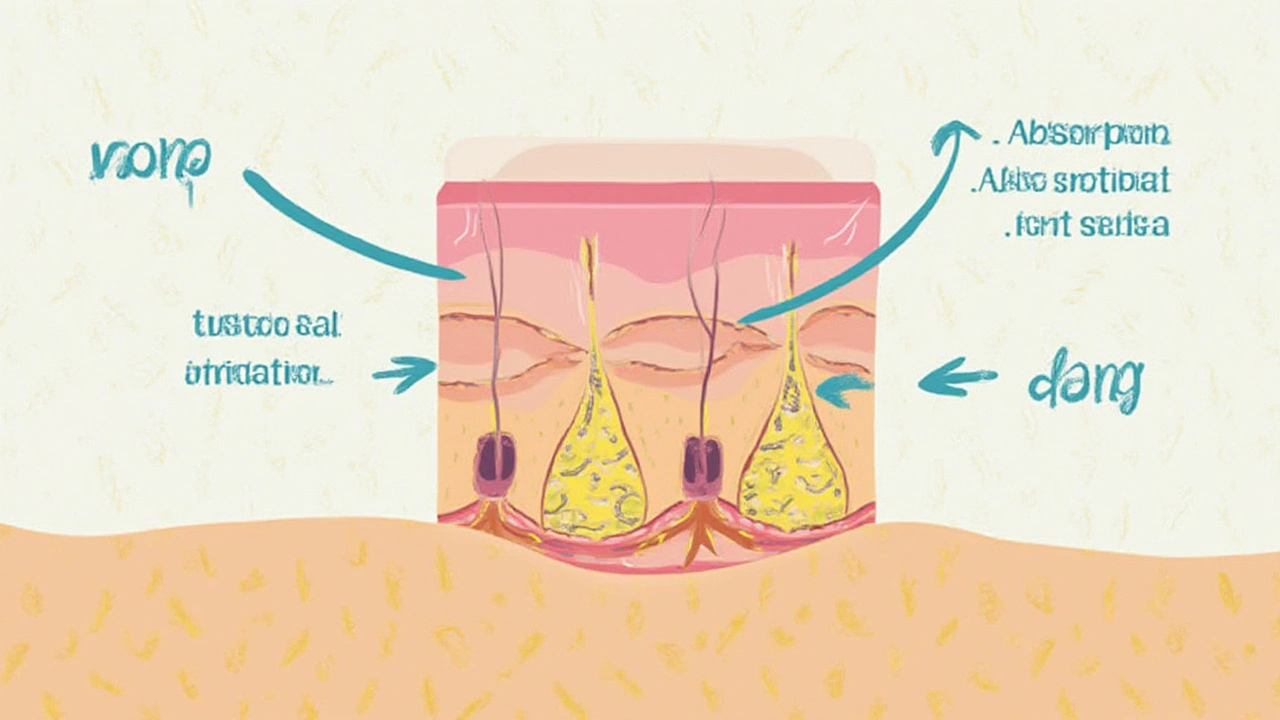
When To Call the Doctor and Real-World Tips
So you’re treating your baby’s rash with clotrimazole, you’re following all instructions, but things just aren’t getting better—or they get worse. What next?
First up: if the rash spreads fast, looks weepy, has blisters, or your baby gets a fever, contact your pediatrician immediately. That could be a bacterial infection or something else entirely, not a garden-variety yeast issue. If a mild rash just won’t go away after 7-10 days, or seems to get worse with cream, it’s a stop sign too. Sometimes, little ones are sensitive to ingredients, or you’re dealing with eczema, not fungus at all.
There’s also a trick pediatric nurses use: air time. After a nappy change, leave your baby diaper-free (on a towel, of course) for a couple of minutes to help things dry out. Fungi absolutely hate the open air.
Another tip: Don’t double up on treatments. If you’re also using barrier creams or powders (like zinc oxide), make sure the clotrimazole goes on first, then wait a couple of minutes before layering anything else. This helps keep the antifungal effect from getting smothered.
For peace of mind, remember that allergic reactions like swelling, hives, or sudden breathing problems are extremely rare but need immediate medical attention.
- Track the progress: snap a photo of the rash before you start treatment. Compare every couple of days. This helps spot improvement or problems—without relying on memory (especially handy when sleep-deprived).
- Ask your doctor if you can continue with your regular skincare during treatment. Sometimes, you’ll have to drop certain wipes or lotions temporarily.
- If there’s ever a doubt about the rash, bring your baby in. Your gut feeling as a parent isn’t something to ignore, even if Google says otherwise.
So, is clotrimazole safe for babies? With pediatrician guidance, attention to dosing, and some watchful luck, it’s usually a good option for clearing up pesky fungal rashes. Always check with your doctor first, and keep a sharp eye for reactions—because baby skin is as unpredictable as four seasons in an Edinburgh day.

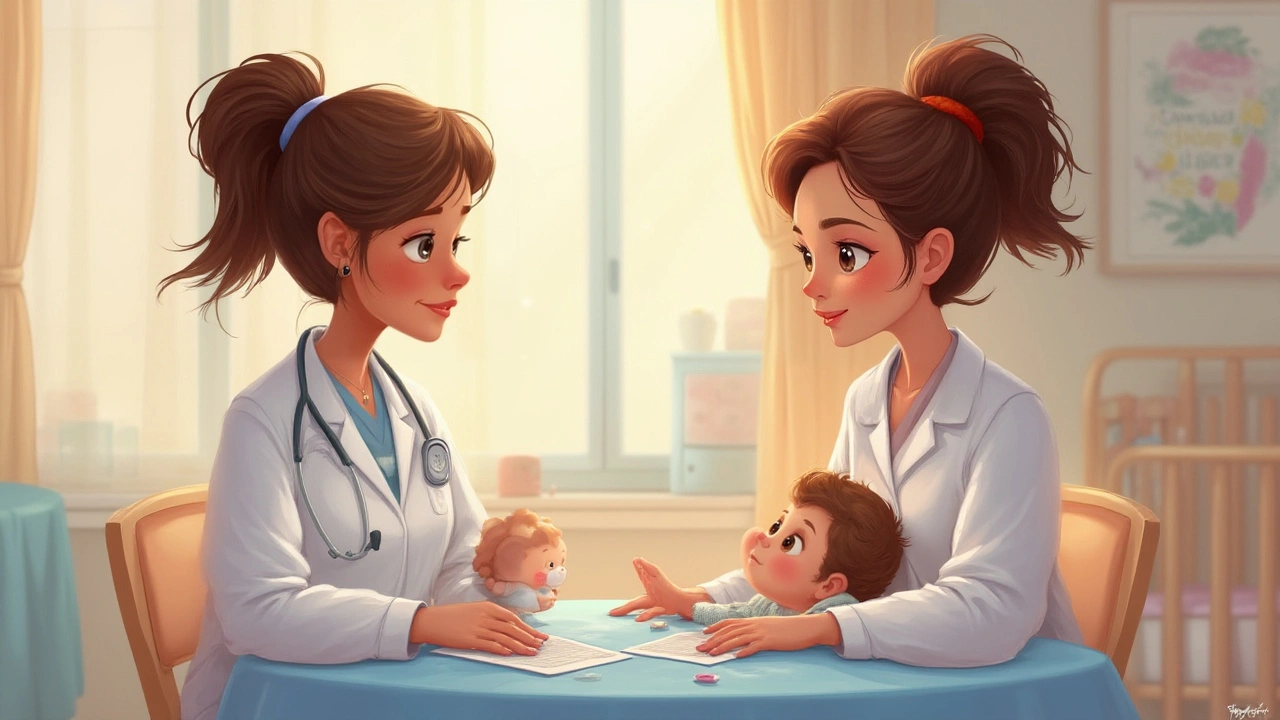


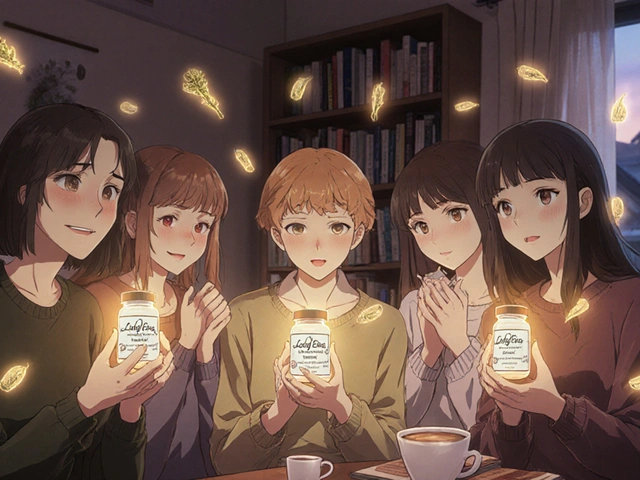

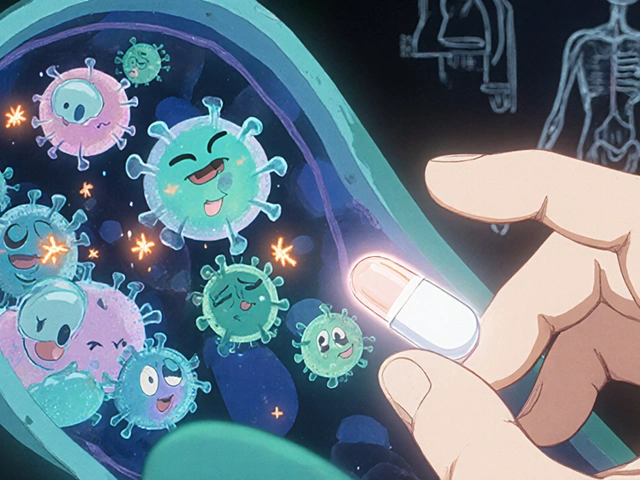
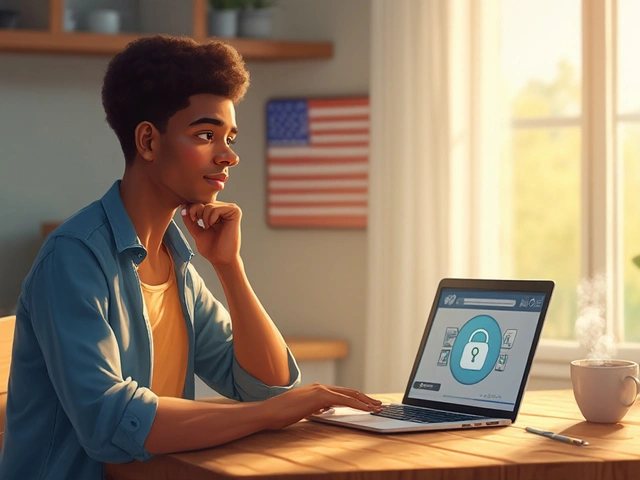
ka modesto
July 12, 2025 AT 07:06Used clotrimazole on my 8-month-old when the diaper rash wouldn’t quit. Thin layer, twice a day, and we saw improvement in 48 hours. Key was letting the skin breathe between changes-air time is magic. Also switched to fragrance-free wipes. No more red zones.
Don’t overapply. Less is more. And never reuse an old tube-ingredients break down. I learned that the hard way.
Holly Lowe
July 12, 2025 AT 16:19Clotrimazole is basically the superhero of baby rashes when it’s fungal. But don’t be that parent who slathers it like butter on toast. One swipe, baby. That’s it. Let the cream do its job. And please, for the love of all things holy, stop using those scented wipes. Your baby’s skin isn’t a perfume sampler.
dayana rincon
July 14, 2025 AT 02:11So… you’re telling me I didn’t need to buy that $40 organic coconut oil ‘cure’? 😅
Cindy Burgess
July 14, 2025 AT 20:36The article is well-researched but lacks critical context. Most diaper rashes are irritant, not fungal. Overprescribing clotrimazole normalizes antifungal use for non-infectious conditions. This contributes to resistance and parental anxiety. The real issue is poor diaper hygiene and excessive moisture-not a lack of pharmaceutical intervention.
Tressie Mitchell
July 15, 2025 AT 06:01Clotrimazole? In babies? That’s what you get when you let Big Pharma dictate pediatric care. In my day, we used cornstarch and air. No chemicals. No prescriptions. Just common sense. Now we’re medicating every red spot like it’s a medical emergency. This is not progress. It’s panic dressed as science.
Simran Mishra
July 17, 2025 AT 05:51I remember when my daughter got that rash-red, angry, like someone had rubbed her skin with sandpaper and then poured lemon juice on it. I tried everything-zinc oxide, calendula, coconut oil, even a tea bag compress (yes, I Googled it at 3 a.m.). Nothing worked. Then the pediatrician said, ‘Try clotrimazole.’ I cried. Not because I was scared-because I felt guilty. Like I’d failed her. But after two days? The redness faded like a sunset. I still keep a tube in the drawer. Just in case. And I whisper to it sometimes. Like it’s a little guardian angel. I know it’s weird. But I’m not sorry.
Sarah Khan
July 19, 2025 AT 05:05There’s an underlying tension here between medical authority and parental intuition. The article correctly emphasizes clinical guidelines but underplays the emotional labor of infant care. Parents don’t just seek efficacy-they seek certainty. When a child is in discomfort, even a 1% systemic absorption risk feels like a gamble with their life. The real challenge isn’t the chemistry of clotrimazole-it’s the isolation of modern parenting. We’re handed pamphlets and told to trust science while drowning in sleep deprivation and conflicting advice. The cream is just the surface symptom of a deeper cultural crisis in care.
Crystal Markowski
July 20, 2025 AT 15:17Great breakdown. One thing I’d add: if your baby’s rash isn’t improving after 5 days, don’t wait until day 10. Call your pediatrician. Early intervention prevents complications. And if you’re using cloth diapers? Wash them with hot water and no fabric softener. Residue can trap moisture and make rashes worse. You’ve got this. Parenting is messy, but you’re doing better than you think.
Chelsey Gonzales
July 20, 2025 AT 23:03my lil one got the rash n i was so scared but clotrimazole worked!! just use a tiny bit n let em air out. also stop using those wipes with alcohol-my bad. my baby skin is so sensitive like a flower. 🌸
Kelly Library Nook
July 22, 2025 AT 00:50The article is misleading in its implication that clotrimazole is a benign solution. The data on systemic absorption in neonates is limited. The 2021 study cited used a small sample size and excluded preterm infants. Furthermore, the long-term effects of repeated topical antifungal exposure during critical developmental windows are unknown. Recommending its routine use without acknowledging these gaps is irresponsible. Evidence-based medicine requires transparency-not reassurance disguised as guidance.
Bob Stewart
July 23, 2025 AT 10:55Clotrimazole 1% cream is appropriate for confirmed fungal diaper dermatitis. Pediatric guidelines from AAP and ESPGHAN support its use with the caveat of limited application area and duration. Absorption is minimal when used as directed. The primary risk lies in misdiagnosis. Irritant dermatitis accounts for over 90% of cases. Antifungal therapy should be reserved for persistent, satellite lesion rashes confirmed by KOH prep or clinical judgment. Avoid combination products unless supervised. Parental education on proper application technique is critical to prevent overuse.
Orion Rentals
July 23, 2025 AT 22:03Thank you for the comprehensive overview. I particularly appreciate the emphasis on inactive ingredients. Many parents overlook the formulation and blame the active agent when irritation stems from preservatives or emulsifiers. A recommendation to use plain, fragrance-free, paraben-free clotrimazole formulations would strengthen the guidance. Also, labeling opened tubes with the date is a simple, effective practice that deserves wider adoption.
Sondra Johnson
July 25, 2025 AT 04:28Clotrimazole isn’t the villain-it’s the quiet worker bees of the diaper rash world. But let’s be real: the real magic is air, dryness, and patience. I used to be the mom who slathered everything. Then I learned to let my baby be naked for 20 minutes after every change. No creams. No powders. Just air. And guess what? The rash vanished. Clotrimazole helped, sure. But the real cure? Me stepping back and letting skin breathe. Parenting isn’t about fixing everything. Sometimes it’s about letting go.
MaKayla Ryan
July 25, 2025 AT 17:01Why are we even talking about this? In America we’ve turned every minor skin issue into a pharmaceutical crisis. In my country, we used plain Vaseline and kept babies dry. No creams. No prescriptions. Just common sense. This over-medicalization is why our healthcare system is broken. Stop buying into the fear. Let your baby’s skin heal naturally.
Kelly Yanke Deltener
July 27, 2025 AT 12:32I’ve been there. The sleepless nights. The guilt. The panic when the rash spreads. I used clotrimazole. I felt like a terrible mom because I didn’t try ‘natural’ first. But here’s the truth: when your baby is screaming because their skin is burning, you don’t have time for Pinterest remedies. You grab what works. And if that’s a tube of clotrimazole? So be it. I’m not apologizing for saving my child from pain. Let the judgmental ones keep their herbal teas. My baby’s skin is healthy now. And that’s all that matters.